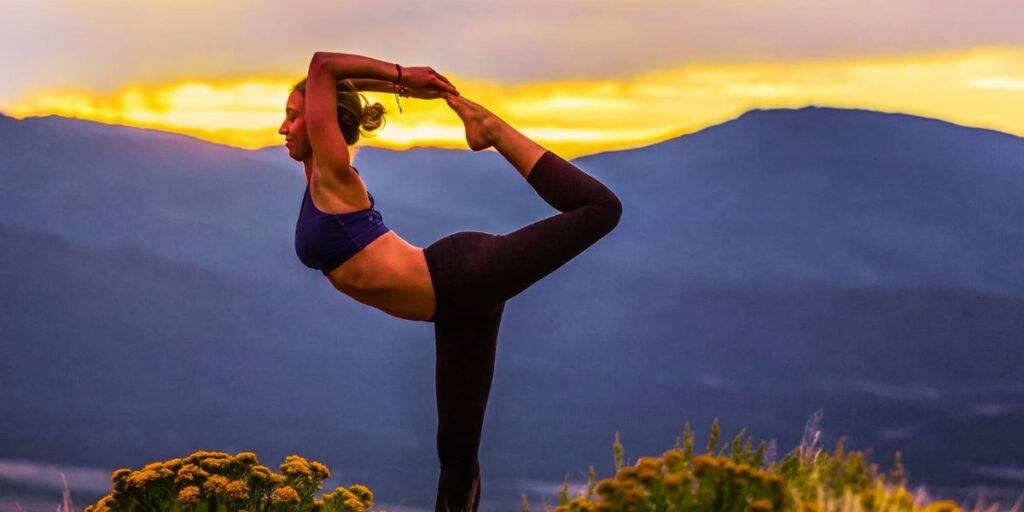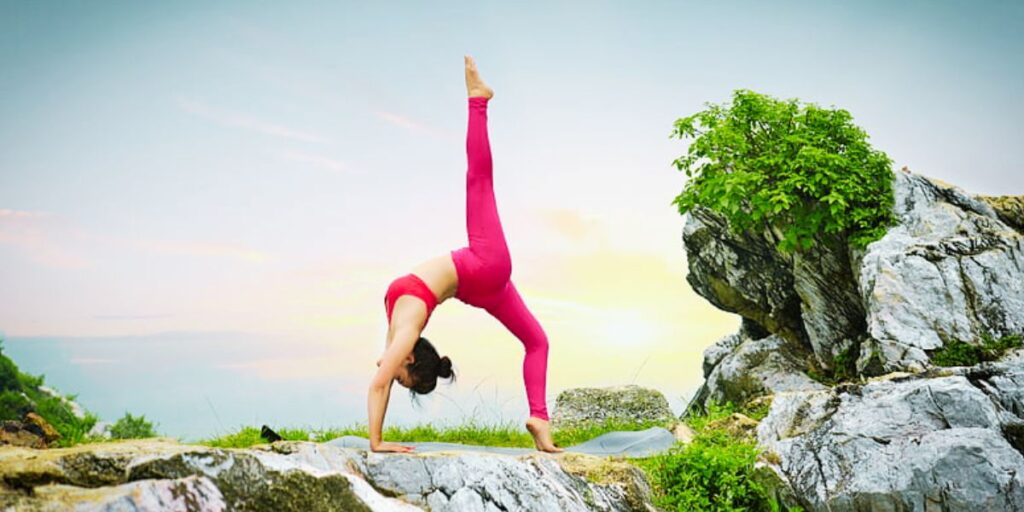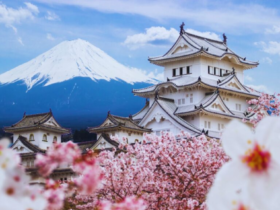Anxiety has become an increasingly common issue in today’s fast-paced world. The pressures of work, relationships, finances, and personal expectations can often feel overwhelming. While various treatment options exist for managing anxiety, yoga stands out as a natural, holistic, and effective practice that can greatly help in relieving stress and anxiety. This blog explores how yoga can help in removing anxiety, supported by scientific evidence and centuries-old traditions.
Understanding Anxiety
Anxiety is a state of constant worry, nervousness, or unease about uncertain events or situations. It is a natural response to stress and, in moderation, can even be helpful in motivating action. However, when anxiety becomes chronic or overwhelming, it can lead to negative physical, mental, and emotional consequences.
Some common symptoms of anxiety include:
- Restlessness and irritability
- Difficulty concentrating
- Muscle tension and headaches
- Fatigue and sleep disturbances
- Rapid heartbeat and shortness of breath
Managing anxiety through medications and therapies can be effective but not always desirable for everyone. Yoga, as a mind-body practice, offers a safe and accessible alternative or complementary option for individuals looking to reduce anxiety naturally.
The Science Behind Yoga and Anxiety Reduction
Yoga combines physical postures (asanas), breathing exercises (pranayama), and meditation to promote physical and mental well-being. Over the years, research has shown that yoga can significantly reduce symptoms of anxiety and stress by regulating the nervous system, improving mood, and promoting relaxation.

Here’s how yoga works to alleviate anxiety:
- Activation of the Parasympathetic Nervous System:
Anxiety triggers the body’s fight-or-flight response, governed by the sympathetic nervous system. Yoga helps counterbalance this by stimulating the parasympathetic nervous system (PNS), which is responsible for rest and relaxation. The deep breathing and slow movements of yoga encourage the PNS to take over, reducing the physical symptoms of anxiety, such as elevated heart rate and muscle tension. - Reduction of Cortisol Levels:
Cortisol, the body’s primary stress hormone, plays a significant role in anxiety. When you experience chronic anxiety, cortisol levels stay elevated for prolonged periods. Practicing yoga has been shown to reduce cortisol levels, which can significantly alleviate feelings of stress and anxiety. - Enhancement of GABA Levels:
Gamma-aminobutyric acid (GABA) is a neurotransmitter that plays a key role in calming the brain. Low levels of GABA are often associated with anxiety disorders. Regular yoga practice has been found to increase GABA levels, which can improve mood and induce a sense of calm and relaxation. - Mindfulness and Meditation:
Many yoga practices incorporate meditation, which helps individuals stay present and reduce overthinking or worrying about the future. This mindfulness can help reduce the mental chatter that often accompanies anxiety, promoting a sense of peace and acceptance.
Best Yoga Practices for Anxiety
Not all yoga styles are equally beneficial for anxiety reduction. Some practices are more vigorous and physically demanding, while others focus on relaxation and mindfulness. The following yoga practices are especially effective for managing anxiety:
1. Hatha Yoga
Hatha yoga is a slower-paced practice that focuses on holding postures and deep breathing. It’s ideal for beginners and is known for its calming and grounding effects, making it a great choice for those suffering from anxiety. Some beneficial poses include:
- Child’s Pose (Balasana): A restful pose that calms the mind and relieves stress.
- Legs-Up-the-Wall Pose (Viparita Karani): This pose helps in relaxing the lower back, improving circulation, and reducing anxiety.
- Mountain Pose (Tadasana): This standing pose improves focus and posture, helping to center the mind and reduce restlessness.
2. Restorative Yoga
Restorative yoga is a deeply relaxing style that focuses on passive stretching and long-held poses. It uses props like blankets and bolsters to support the body, allowing you to fully relax and surrender to the pose. This practice helps in calming the nervous system and reducing the physical symptoms of anxiety, such as muscle tension and headaches. It’s particularly helpful for anyone dealing with chronic stress or anxiety.
3. Yin Yoga
Yin yoga involves holding poses for longer durations, typically between 3 to 5 minutes, which allows deep stretching and introspection. This practice encourages you to stay present with your breath and your emotions, helping you to process and release anxiety. Yin yoga is gentle yet powerful, focusing on stillness and acceptance, which can be incredibly calming for anxious minds.
4. Pranayama (Breath Control)
Breathwork is an essential aspect of yoga that plays a significant role in reducing anxiety. Specific breathing techniques help calm the mind, regulate the heart rate, and balance the nervous system. Some pranayama techniques for anxiety relief include:
- Nadi Shodhana (Alternate Nostril Breathing): This practice balances the left and right hemispheres of the brain, promoting mental clarity and emotional stability.
- Bhramari (Bee Breath): This technique involves making a humming sound while exhaling, which creates vibrations that soothe the mind and reduce anxiety.
- Deep Belly Breathing: Slow, deep breathing activates the relaxation response, helping to reduce anxiety and promote a sense of calm.
5. Yoga Nidra (Yogic Sleep)
Yoga Nidra is a powerful relaxation technique that guides you into a state of deep relaxation while maintaining awareness. It is often referred to as “yogic sleep” because it induces a deep state of rest similar to sleep, but with awareness. Yoga Nidra helps reduce anxiety by quieting the mind and allowing the body to deeply relax. It’s particularly effective for individuals who struggle with insomnia or restlessness due to anxiety.

Mental Benefits of Yoga for Anxiety
Beyond the physical and neurological mechanisms, yoga offers several psychological benefits that can help in managing anxiety. Here are a few:
- Improved Emotional Regulation:
Yoga encourages self-awareness, which helps individuals recognize and understand their emotional triggers. This heightened awareness can lead to better emotional regulation, allowing you to manage anxiety more effectively. - Increased Resilience:
The practice of yoga teaches patience, perseverance, and mindfulness, all of which can enhance your ability to handle stress and anxiety. By cultivating these qualities, yoga can help build resilience and reduce the likelihood of becoming overwhelmed by anxious thoughts. - Boosted Self-Esteem:
Yoga promotes self-compassion and self-acceptance, helping to improve self-esteem. When individuals feel better about themselves, they are less likely to experience the self-doubt and fear that contribute to anxiety. - Sense of Community:
Practicing yoga in a group setting can foster a sense of belonging and support, which is essential for managing anxiety. The shared experience of yoga can help alleviate feelings of isolation, one of the common symptoms of anxiety.
Conclusion
Yoga is a powerful tool that can help reduce anxiety by addressing both the physical and mental aspects of the condition. By engaging in regular practice, you can activate the relaxation response, lower cortisol levels, and promote emotional well-being. Whether you choose gentle restorative yoga or invigorating Hatha yoga, the key is consistency and mindfulness. Over time, yoga can help you develop the resilience and emotional balance needed to manage and reduce anxiety, ultimately leading to a calmer, more peaceful life.





















Leave a Reply